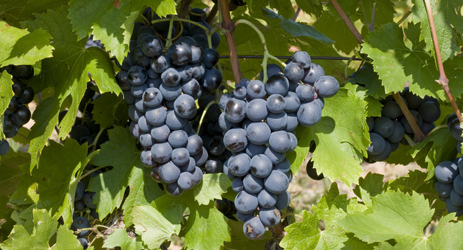[Grape Variety]
Regarded for decades as simply a useful blending grape, is hardy Cinsault finding favour again? Alistair Cooper MW feels its wines are deserving of a reappraisal…

Regarded for decades as simply a useful blending grape, is hardy Cinsault finding favour again? Alistair Cooper MW feels its wines are deserving of a reappraisal…
It is often said that wine trends are cyclical, mirroring the fickle beast that is the fashion industry. Wine styles and grapes come and go, just as flares and beards just keep on coming back.
And if ever there were a grape that has experienced a wild swing in its fortunes over the past century, it’s Cinsault. Once widely planted, then much maligned and brutally grubbed up, this inherently hardy and tenacious grape has experienced a welcome mini-renaissance in recent years.
Historically Cinsault has played a pivotal, yet often understated role in the development of several leading wine industries. These include France, South Africa, Lebanon and, to a slightly lesser degree, Chile.

Translated by Sylvia Wu / 吴嘉溦
All rights reserved by Future plc. No part of this publication may be reproduced, distributed or transmitted in any form or by any means without the prior written permission of Decanter.
Only Official Media Partners (see About us) of DecanterChina.com may republish part of the content from the site without prior permission under strict Terms & Conditions. Contact china@decanter.com to learn about how to become an Official Media Partner of DecanterChina.com.

Comments
Submit